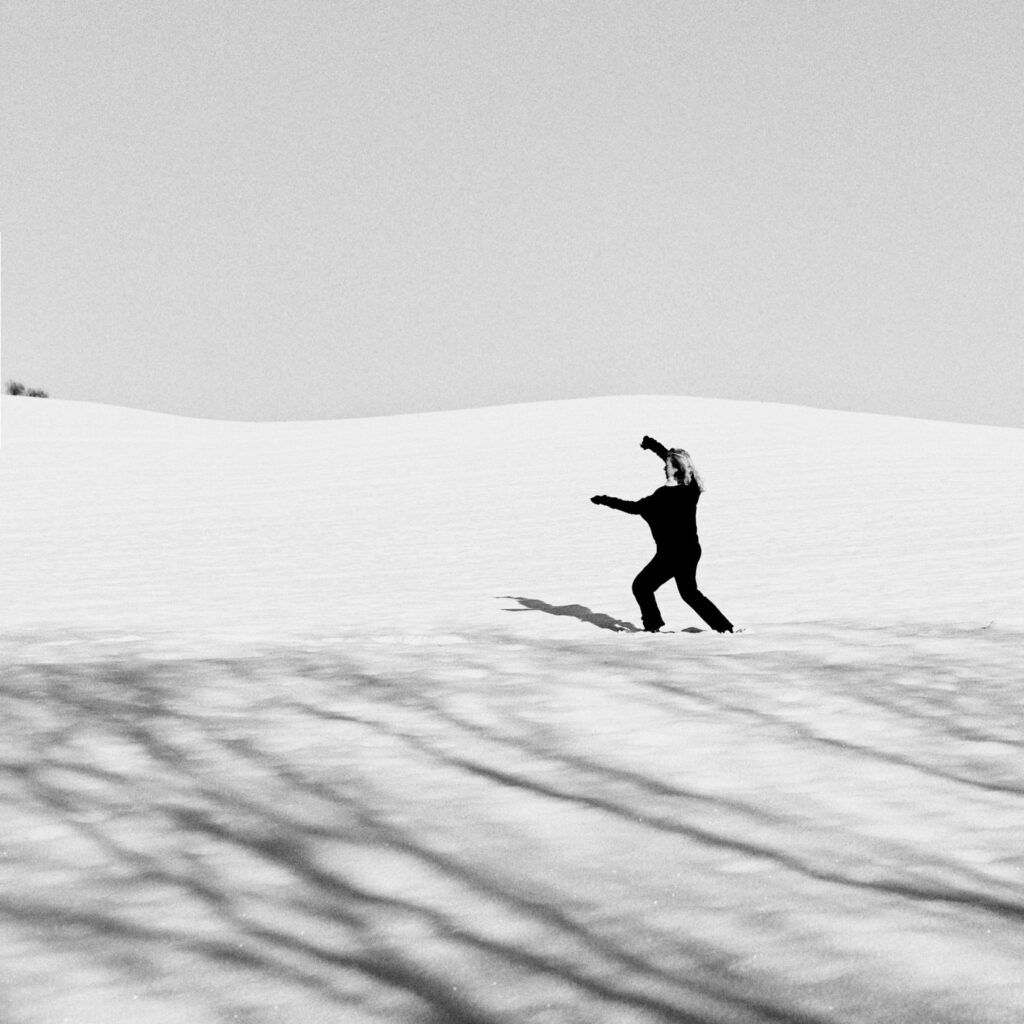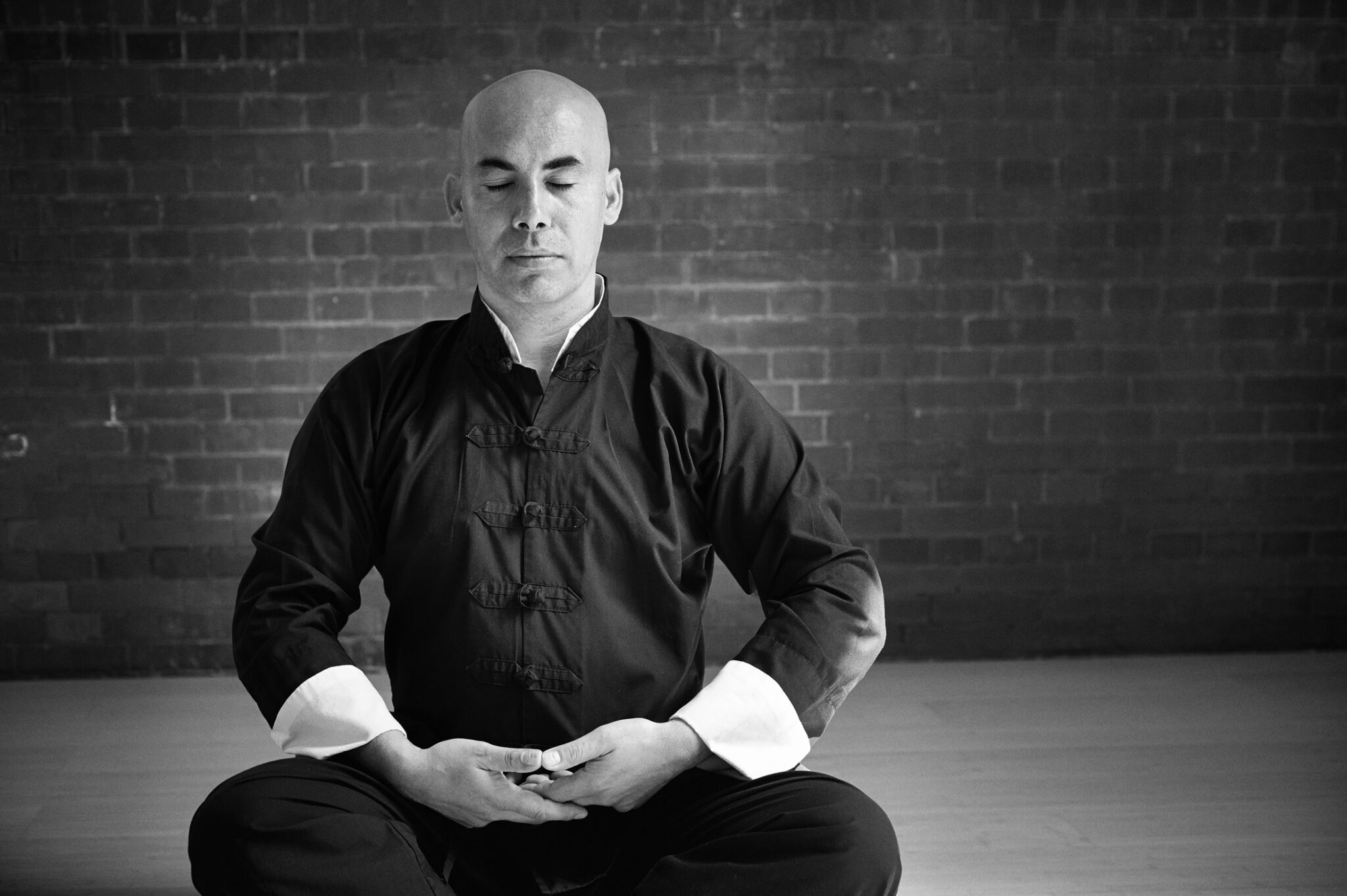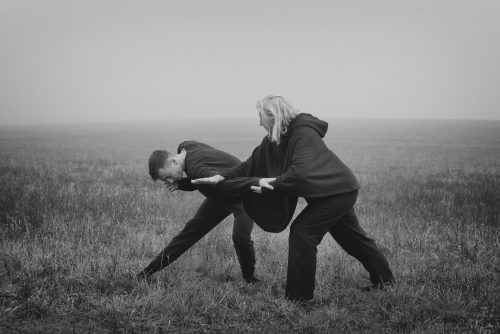Academy Tai Chi Chuan
ITCCA Hungary – International Tai Chi Chuan Association
Body – Mind – Martial Art in Tai Chi Chuan

The origin of Tai Chi Chuan
Tai Chi Chuan has the following three sources: Taoism, Traditional Chinese Medicine (especially the practice of Qi Gong), and the martial arts.
Legend has it that in the 12th century, the Taoist monk Chang San-Feng saw a fight between a crane bird and a snake. At each pass, the bird fiercely pecked and clawed at the snake; however, through suppleness and coiling of his form, the reptile was able to evade the attacks and launch strikes of its own. The bird in turn circled, raised its legs and kicked, while using its wings to beat the snake aside when it struck.
The monk meditated on this experience, and after a dream he created a new martial art form that focused on the cultivation and precise application of Internal Power, or Qi.
This art held as its foundation the truth that ‘yielding overcomes aggression’ and ‘softness overpowers hardness’.

Body
- tending to your health -
One look at children will tell you just how much people enjoy to move. Movement is a natural need for us. Only when we are confronted with a physical problem or find ourselves under strong emotional duress does the need diminish because the body will try and preserve its energy. This is actually a very smart response from our ‘system’.
In order to enhance our levels of energy, we need a type of movement training that takes both body and mind into account.
Tai Chi Chuan is a healthy way of exercise that does not exhaust and that stimulates the body’s own powers. At the same time, it also engenders calmness in our busy minds, away from our continuously revolving thoughts. It allows us to experience something completely different.
By opening up the energy channels (meridians) and optimising our respiration, the body is returned to a natural state of balance. This contributes to less muscle tension and a properly functioning metabolism: it helps to improve the vitality of the organs, gives more flexibility in the joints and supports the immune system.
Mind
-meditation & Tai Chi Chuan -
When the mind is filled with focus attention (Yi) on the movement, it becomes silent. You can experience that as being in the present: in that moment, there is only the practice. The mind relaxes and the flow of thoughts diminishes. A relaxed and awake alertness arises, while concentration and perception deepen.
How does this translate in the practice:
In the practice of Tai Chi Chuan, exercise of the mind takes place by focusing the intent (Yi) and concentration upon the movement. In the Taoist health exercises, we mainly focus on the relaxation and loosening of our body, which opens up the joints and creates flexibility and agility.
In sitting mediation and standing meditation (Zhan Zhuang), we focus on the breath, allowing the breath to become free and spacious.
During the practice of the Tai Chi form we also become aware of how the energy in the body works, as we practice perception and intention. In partner exercises our focus is on remaining open and relaxed in the interaction with one another.
Conscious movement relaxes and returns the mind to a natural state of being: inwardly concentrated, open and clear.

Martial Arts

